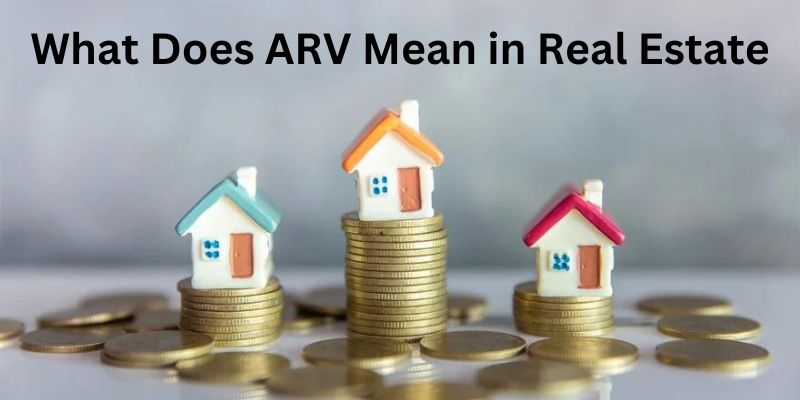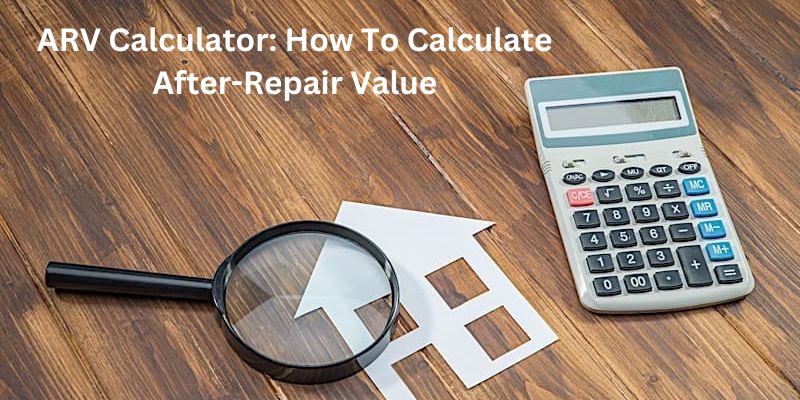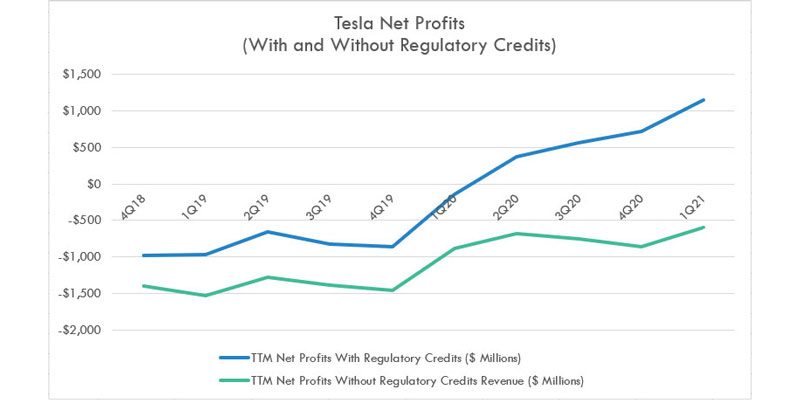Are you considering investing in real estate or learning more about investment strategies? If so, it's important to understand the concept of "ARV" (after repair value). It's a key metric used by real estate investors that measures how much a property is worth after any repairs and remodeling.
This post will explain what ARV means and why it’s vital to know when investing in real estate. We'll cover the different components of an ARV calculation and tips for getting an accurate estimation. Knowing what ARV is can help savvy investors maximize their profits when buying properties of all types - learn more here!

Introducing ARV and Its Role in Real Estate
ARV, or after-repair value, is a key metric real estate investors use to measure how much a property will be worth once repairs and remodeling have been completed. This can make it easier for potential buyers and sellers to know the exact market price of a home as opposed to estimating its current condition. ARV is important in the real estate industry because it allows investors to accurately calculate their return on investment (ROI) when deciding whether to purchase a particular property.
When calculating the ARV of a property, factors such as location, age, size, and any renovations that need to be made are considered. These calculations are typically done using data from comparable properties in the area that have recently sold. It is important to note that the ARV of a property can be highly subjective and, depending on market conditions, may vary significantly from one estimate to another.
Annual Rental Value
ARV also includes the annual rental value of a property. This is important to consider when investing in real estate as it can help investors determine the exact amount of income they will gain from leasing out a particular piece of land or building. The annual rental value is calculated by considering the size, location, and amenities offered at a given property.
Ultimately, ARV plays an incredibly important role in the real estate industry because it allows investors and buyers to assess the true worth of a property before committing to purchase or rent it. Knowing what ARV means helps you make more informed decisions when investing in real estate and maximize your profits. By performing thorough research on market conditions and understanding the components of calculating an accurate ARV, you can be sure that any investments you make will be worth it.
LTC In Real Estate
LTC stands for loan to cost and is another important metric used in the real estate industry. It measures the ratio of the total loan amount to the total project cost, which helps investors determine how much capital they need to secure a loan or complete a certain project.
LTC is typically calculated by considering the estimated market value of a property, anticipated costs associated with renovations, and any other fees that may arise while completing the project. LTC can be an effective way for potential buyers or investors to assess their financial capabilities when investing in real estate.
ARV Calculator: How To Calculate After-Repair Value

An ARV calculator can be a valuable tool for real estate investors to determine a property's after-repair value. The formula for calculating an ARV is relatively simple and involves adding up all the costs associated with repairs or renovations on a property, such as materials, labor, and any additional fees. Once you have this figure, subtract it from the property's current market value to estimate its post-renovation worth.
When using an ARV calculator, it’s important to ensure that you are taking into account all relevant factors when calculating the after-repair value. These could include location, size of lot or building, age of home or building, amenities offered at the property, and any other costs associated with renovations. Additionally, you should be aware of current market conditions to better understand the property's total value after repairs or remodeling is complete.
Analyze Comparable
A key component of using an ARV calculator is to analyze comparable properties in the area. This will help ensure you get a realistic estimate of the property's worth after its renovation. By looking at other homes or buildings with similar features and dimensions, you can know what potential buyers may be willing to pay for your property once it has been repaired or remodeled.
Using data from multiple sources is also important when constructing your ARV calculation. For example, you should consider both recently sold properties and those currently on the market to get a more accurate picture of what potential buyers may be willing to pay for a particular investment.
Calculate Costs & Expenses
When calculating the costs and expenses associated with a real estate investment, there are several key considerations to be aware of. First, you should factor in all repairs or renovation costs that may need to be done on the property before it can be sold or rented out. This includes any materials needed for updates, labor fees, and other related expenses. Additionally, you should consider taxes, insurance, and any legal fees that may arise while investing in real estate.
It’s important to make sure that all these potential costs are factored into your ARV calculation to accurately estimate what the property could be worth after repairs or upgrades have been completed. Once this figure has been determined, subtract it from the property's current market value to get a more accurate picture of its post-renovation worth.
ARV & House Flipping
Understanding ARV can also be helpful when it comes to house flipping. Investors who purchase a property intending to fix it up and then resell it must understand the estimated worth after renovations are complete to ensure that they’re making a profitable investment. By calculating an accurate ARV, they can ensure that their resale price is high enough to yield a substantial return on their initial investment.
House flippers must also be mindful of the costs associated with renovations, such as materials, labor, and taxes. These can all affect the overall ARV calculation and should be considered accordingly to ensure their investments are profitable. Additionally, they should factor in any additional expenses they may incur throughout completing their projects, such as legal fees or permits.
FAQs
What is an example of ARV in real estate?
An example of ARV in real estate would be calculating the estimated value of a property after all repairs and renovations have been done. This figure can be determined by adding up all the costs associated with repairs or renovations on a property, such as materials, labor fees, taxes and insurance, and any other associated expenses.
What does 70 arv mean?
In real estate, 70 ARV means that the estimated value of a property is 70% of its current market value. This figure is determined by adding up all the costs associated with repairs or renovations on a property, such as materials, labor fees, taxes and insurance, and any other associated expenses. The total cost is then subtracted from the property's current market value to accurately estimate what it could be worth post-renovation.
What factors affect ARV?
Several factors can affect the ARV calculation, including location, condition of the building or home, size of lot or building, age of home or building, amenities offered at the property, and any other costs associated with repairs or upgrades. Additionally, current market conditions should also be considered when determining ARV.
Conclusion
In conclusion, ARV (after-repair value) is an important metric for real estate investors to understand when investing in properties. It helps them calculate how much a property is worth after any repairs and remodeling. Calculating this figure involves adding up all the costs associated with repairs or renovations on a property, such as materials, labor fees, taxes and insurance, and any other associated expenses.




